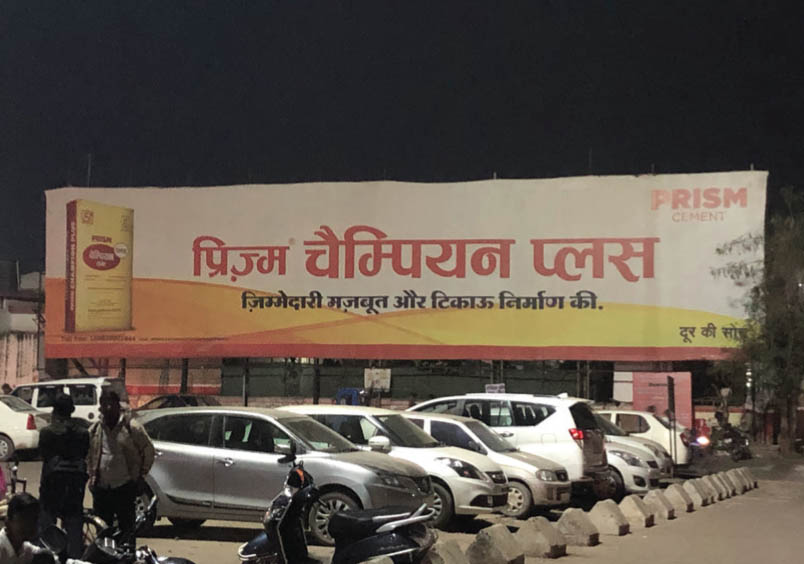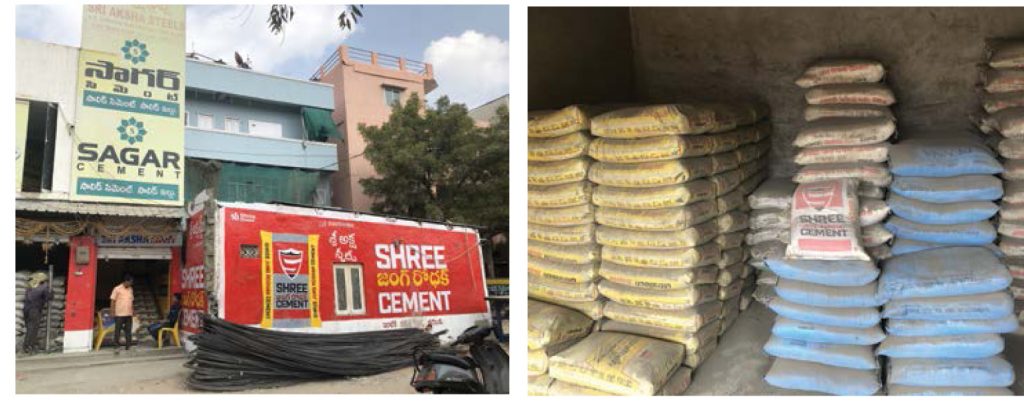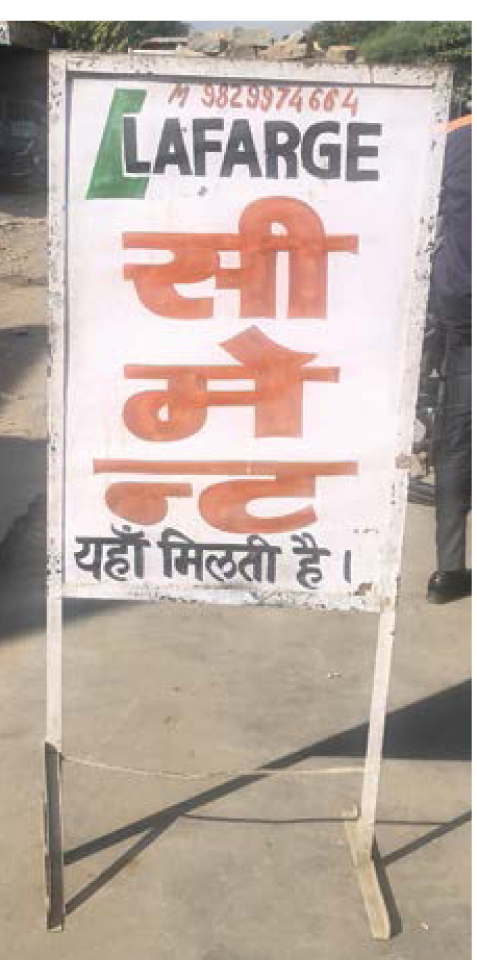Of late, management commentaries have been intense about initiatives for innovative products, new product launches, and newer brands, and most have maintained that their new brands are premium ones. However, all new brand launches are not equally successful. Branding in cement is not just for garnering price premium, though it is an important objective when the product is really superior. There are a number of misconceptions when it comes to understanding cement branding.
A decade back there were far less premium brands and products. Then, very few players took the initiative of launching premium brands and improving price realisations. Of the ones who did, few were successful and few were only partly successful. However, over this decade, the ‘premium’ space became occupied by these early movers.
This does not mean that there is no space for premium brands today, but launching them is even more difficult now. It requires extra management bandwidth, strong budgetary support (press, media, and advertisements), strong channel support for pushing users to adopt a newer brand, and a strong balance sheet to absorb the initial heavy expenses. If any of these variables is absent, it can lead to lack of success. This is visible on the ground – many products launched over the past few years and positioned as ‘premium’ may not necessarily be so.
Some are likely to be ‘me-too’ products and not really ‘differentiated’ products. Even when the blending ratio of additives differs, they are generally bunged under the umbrella term ‘premium’.
Cement manufacturers who launch a premium brand with zero compromise on price premiums, better product quality, and superior customer service, are likely to see more success. New premium brands see slow absorption, so manufacturers should expect some lag before these prove lucrative on the P&L; if they try to hurry the process, they risk diluting their brand.


Whenever a cement manufacturer talks about launching new brands there is general belief that these initiatives are with a view to garner additional price premiums. However, new brand launches are not necessarily in the premium brand segment, but are also in lower categories. These launches are about gaining market share, not just brand premiums.



Recent mid-tier brand launches in Tamil Nadu by various southern majors is a classic example
Tamil Nadu has been a natural victim of Andhra Pradesh producers pushing volumes in this region at lower price. Manufacturers in TN have recently come up with a strategy to launch new brands that are at par with the prices of products offered by AP producers, which should dis-incentivise the latter from entering TN markets. Once this happens and pricing improves in all south states, these brands will be withdrawn – the point is, not all new launches are premium launches.

Generally, every new cement brand launched has its own separate parallel marketing channel. However, the scale of operations of a new brand is usually not enough to compensate for cost overheads of its launch, promotions, and channels. All earlier brand launches (that took place over the last decade) happened when the market had space and a vacuum for them; that’s why they could scale up volumes and manage cost overheads. This is not necessarily true now, so a balanced approach between new brand launches, costs, and revenues is essential to ensure that new brands are not earnings dilutive.
Subscribe to enjoy uninterrupted access